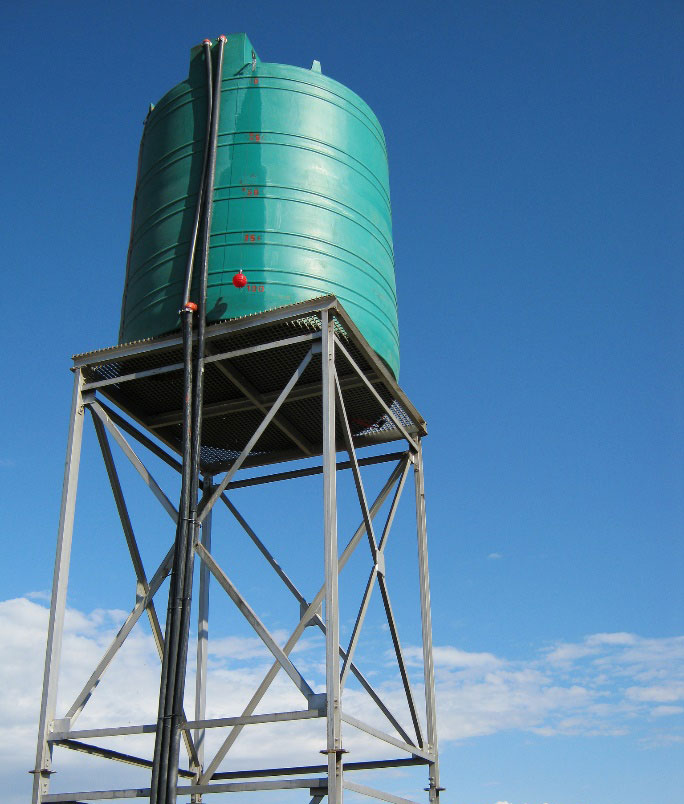
What is BASIX?
BASIX is an acronym that means Building Sustainability Index. It is a scheme the NSW (New South Wales) government introduced in 2004 to regulate residential building efficiency. Water efficiency is one of the categories that the programme assesses, and the best way to make your home water-efficient is through the proper practice of rainwater harvesting, which goes beyond just placing a barrel under a downspout.
What is Involved in the Proper Practice of Rainwater Harvesting?
The goal of this practice is the filtration and storage of raindrops so they can be used for a number of household tasks or chores. To achieve this goal, a homeowner needs a system with the following components:
* Catchment and drainage systems, which are composed of a roof, gutters, rainheads, downpipes, and a number of drain lines.
* A water storage tank, as well as the inlets and outlets.
* A treatment or filtration system composed of a number of screens, a number of filters, and a first flush device.
* A distribution system, usually a pump.
* Toilets, taps, and other fixtures that can be connected to a rainwater harvesting system.
It’s also important that the following guidelines be followed during the setting-up of your rainwater collection system.
Roof or Catchment
Most roofing materials available today should be suitable for rainwater harvesting, especially if your household has made the decision to not use the collected rainwater for drinking. Keep it suitable for rainwater harvesting by keeping it clear of fallen twigs, branches, and leaves, as well as overhanging vines and plant roots. Fallen tree parts, vines, and roots can carry contaminants that may end up in the tank, if not in other parts of the system. These also allow animals like pigeons and rodents to access the catchment area.
Roof Drainage to Rainwater Tank
Rain that flows off a roof passes downpipes that are distributed along the gutter of the roof. These downpipes can either be of the gravity-fed type or connected (via charged drain system) below ground. Details on these options are highlighted below.
Gravity System – Comprises at least one tank that is right under downpipes, if not near them. You can use below-ground pipes to connect multiple tanks in a site. This way, storage in every tank can be regulated.
Charged System – Often set up to maximise roof catchment draining to one central tank.
– Pipes usually remain filled with water between storms unless drained manually, and it’s important for charged pipes to be drained of water, as stagnant water leads to organic material buildup.
– It’s essential for the flow capacity and arrangement of charged drain systems to be confirmed by a plumber to prevent the overflow of gutters in the event of a major storm.
Below Ground Tanks – Needs to be properly sealed so ground water inflow is prevented. Also, it needs to be sited to allow the free draining of down pipes to a tank. To do this, make sure tank overflow is at least 50mm below inlet from tank roof.
Choosing Your Storage Option When the Water Tanks Sale Comes
Rainwater Tanks Direct offers tanks of varying capacities, sizes, and shapes, so there’s no doubt that you can get one that best suits your needs. If you’re looking for a space-saving option, you can go for underdeck or underground tanks. Looking to use rainwater for more chores? Then go for a jumbo-sized tank.
Filtration
Make no mistake, rainwater in itself is already clean. What necessitates filtration is the number of pollutants that can get into rainwater through vectors like insects, fallen tree parts, birds, and plant growth on the catchment area.
Filtration Options
Downpipe and Gutter Screening – These devices, which are to be positioned between tank and roof surfaces, help separate debris from rainwater. Ideally, fine and coarse mesh screens should be added so debris of all sizes can be eliminated.
Screening for Tank and Inlet – Often, fine and coarse mesh screens are provided on the tank roof to filter the rain that enters. There are finer screens over outlets to prevent the access of mosquitoes. Sun-screens also need to be added in order to minimise light penetration, and thus prevent algae growth inside the tank.
First Flush Diverter – These eliminate the contaminant-rich first flow of water into the rainwater collection system during the first minutes of rainfall.
Pump Selection
To truly enjoy the use of rainwater in household chores, you’ll need a pump that can evenly distribute water across fixtures that can be connected to the system. Great choices can be found here.



Leave A Comment